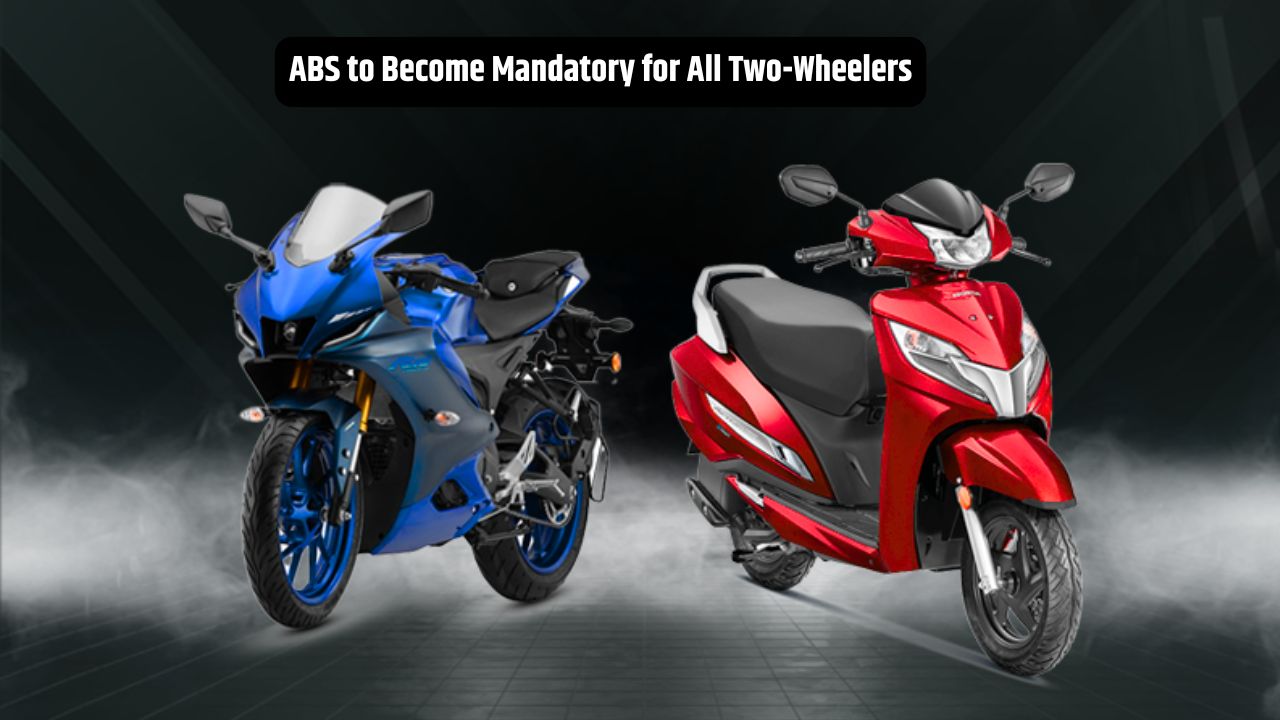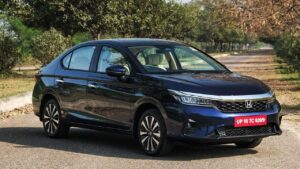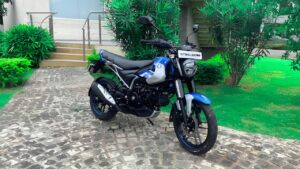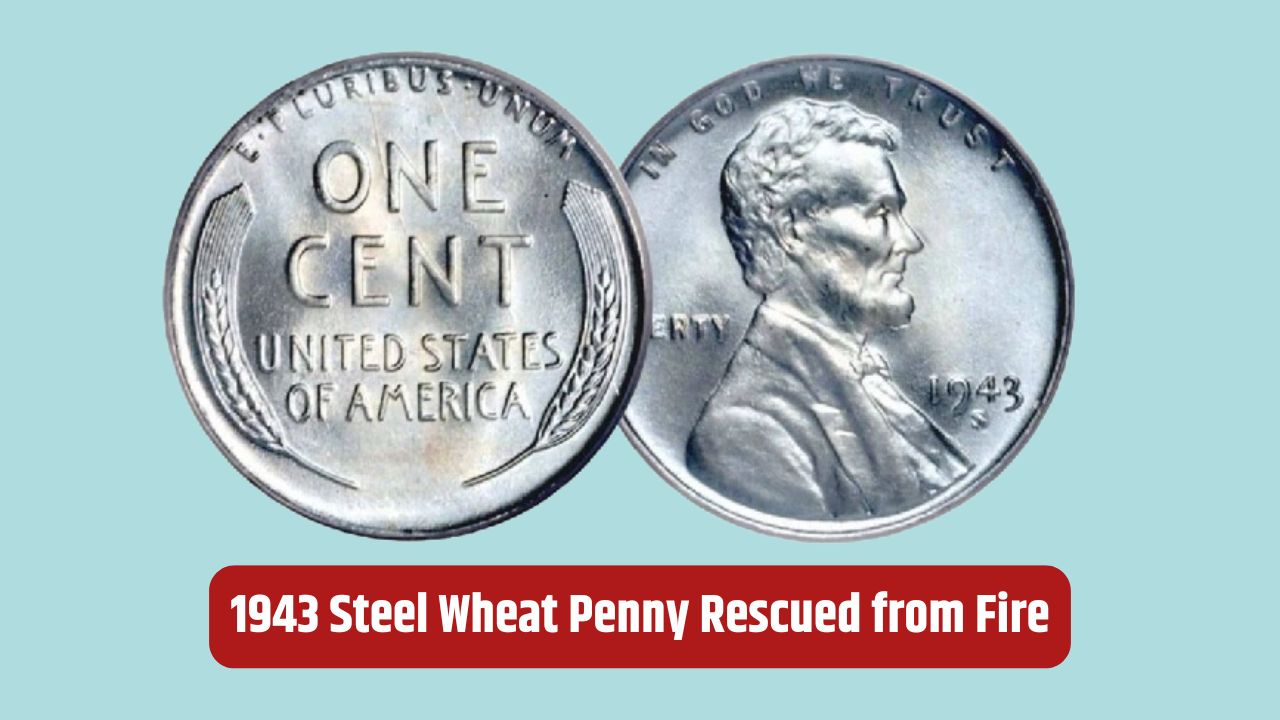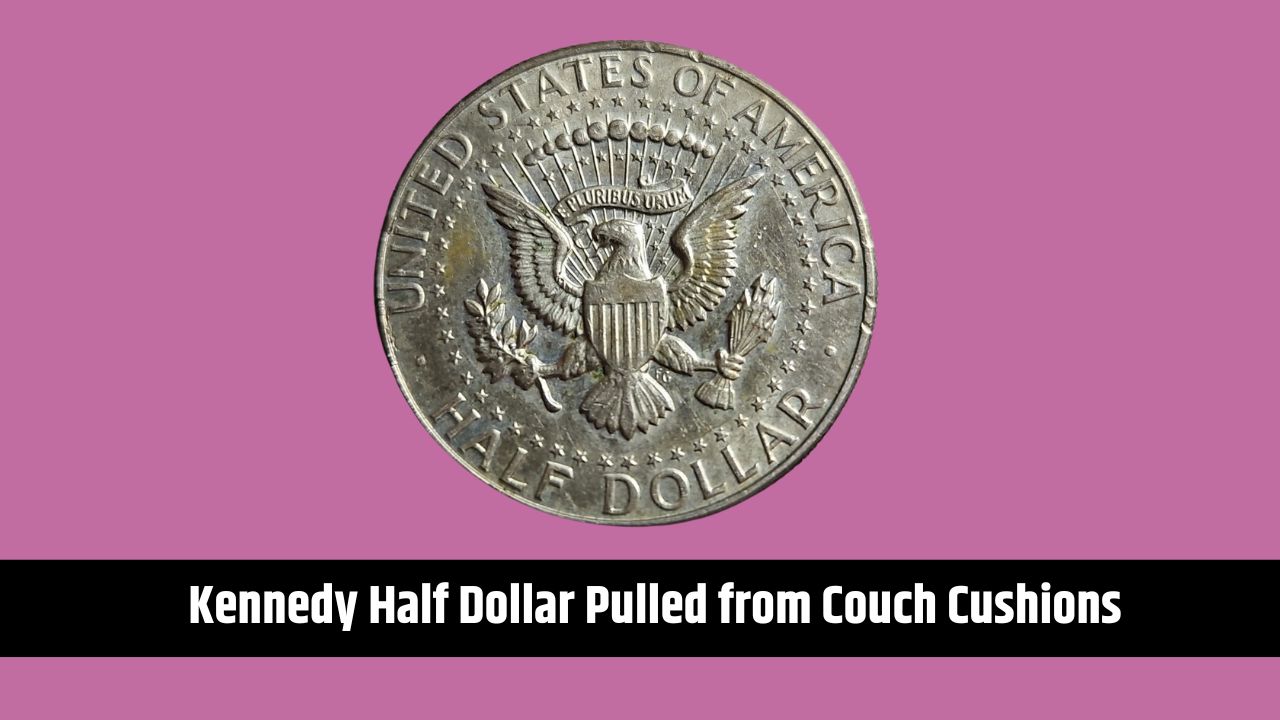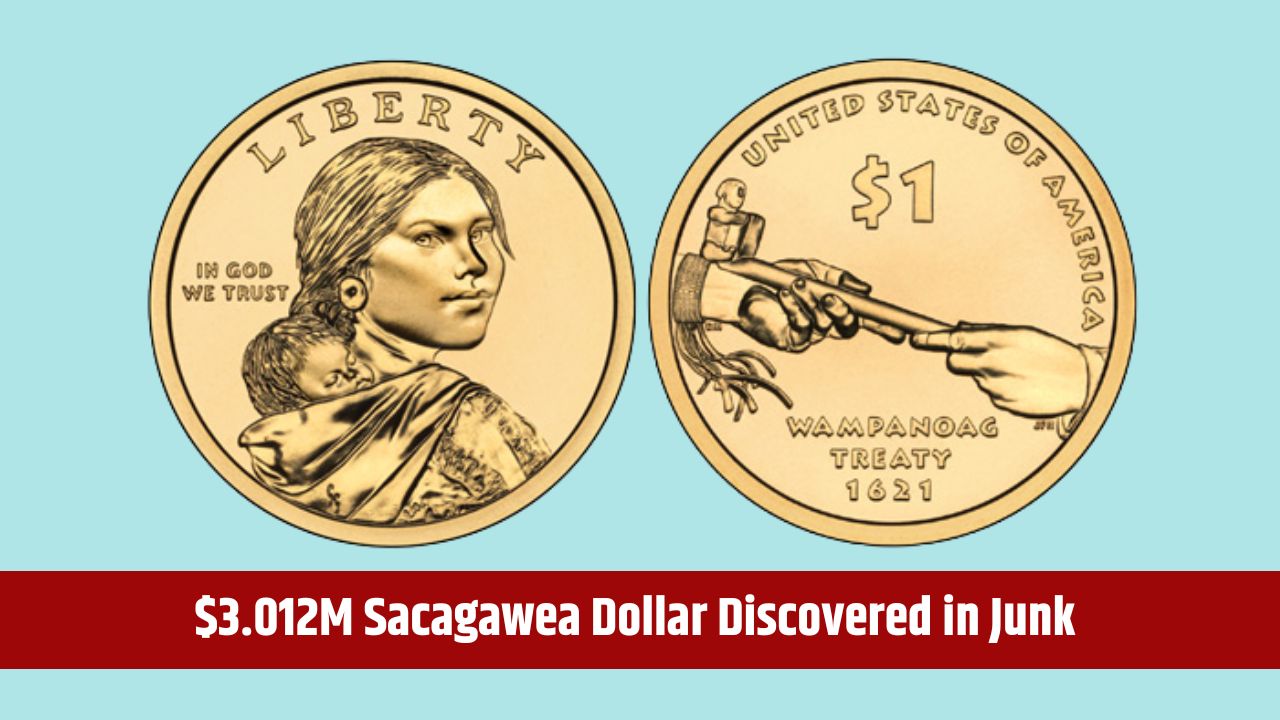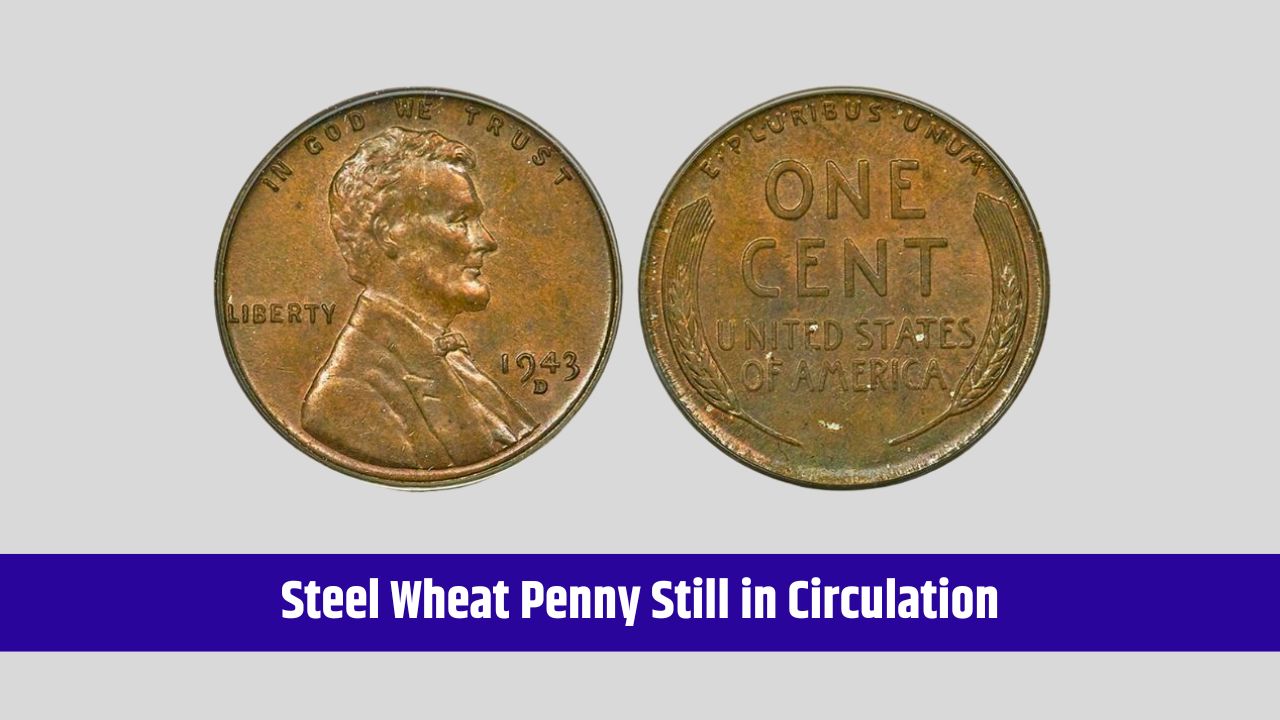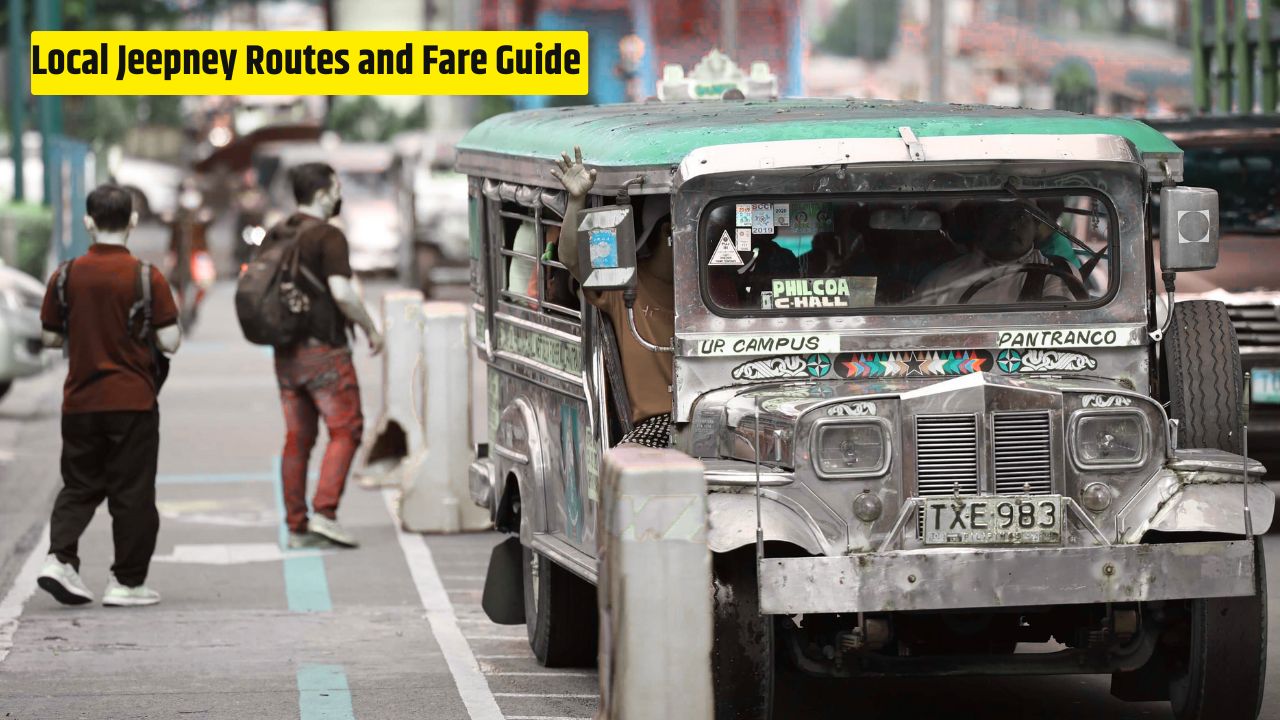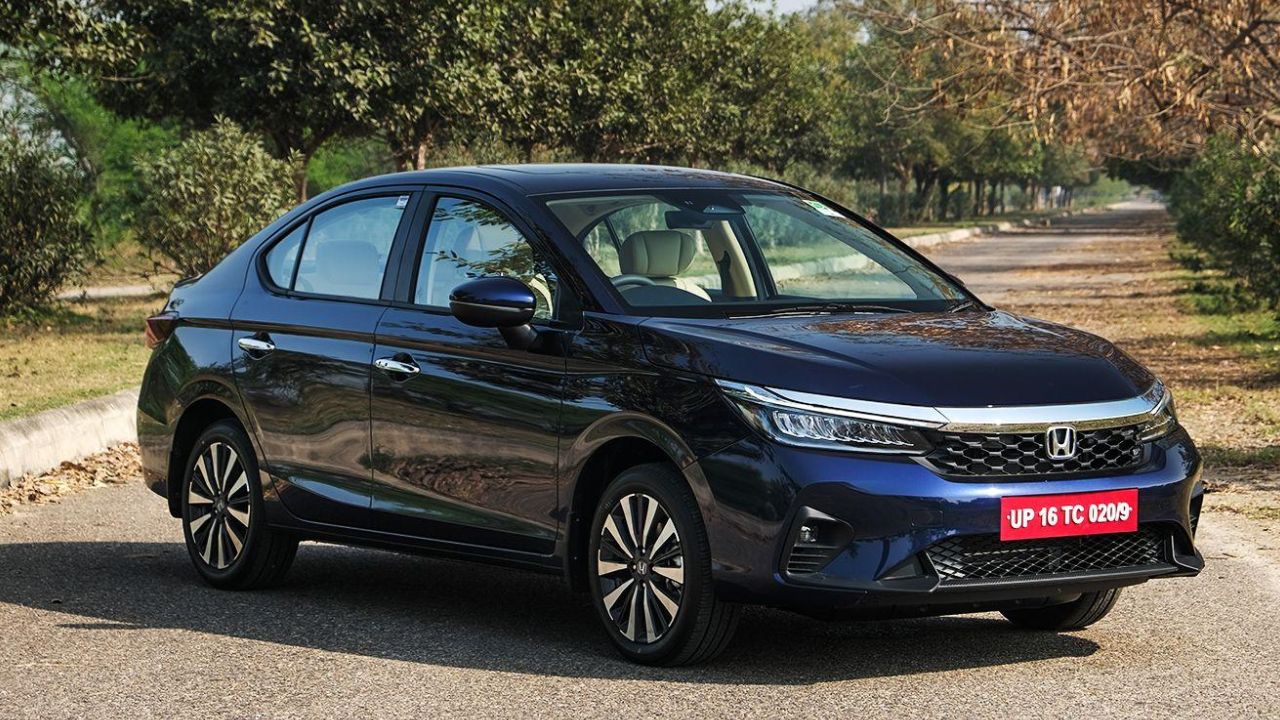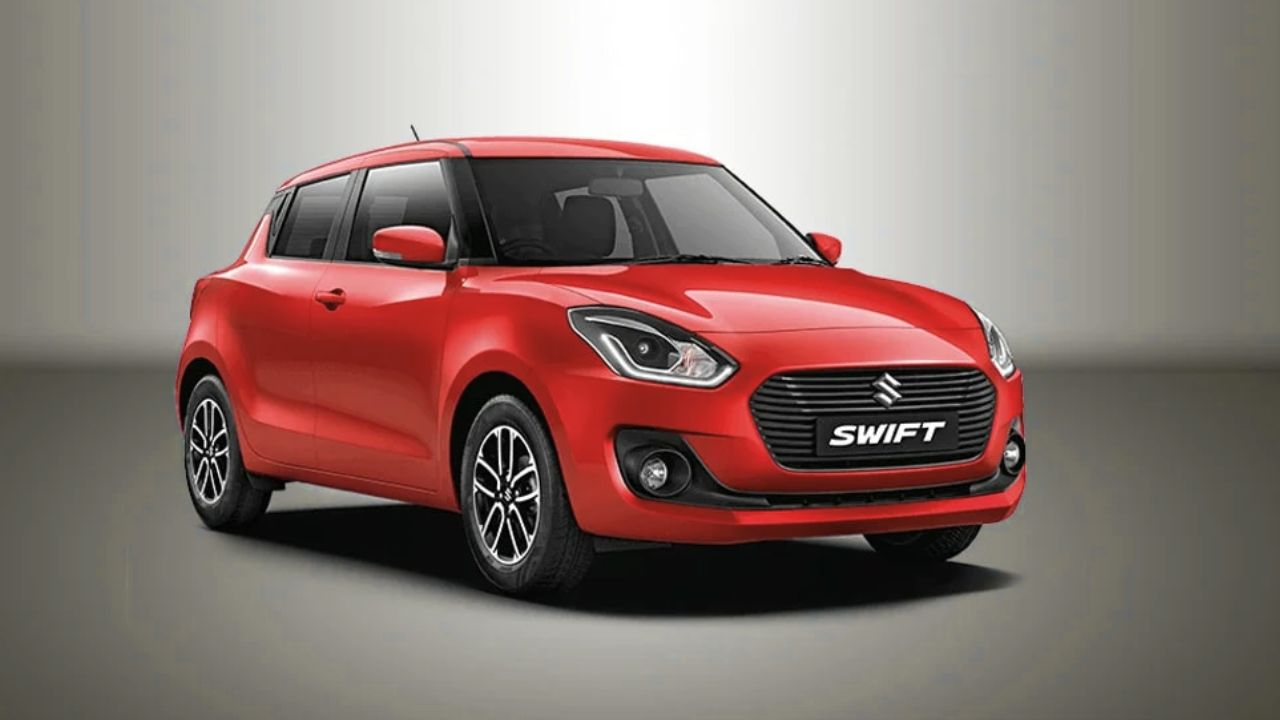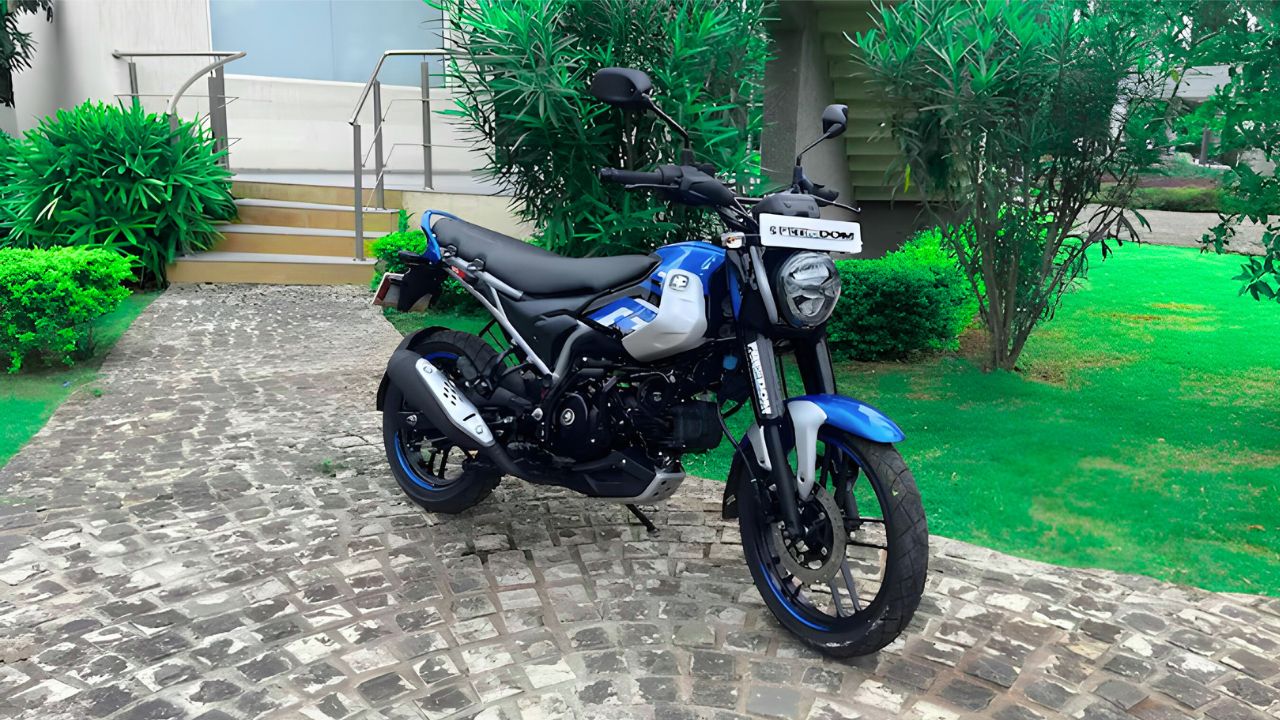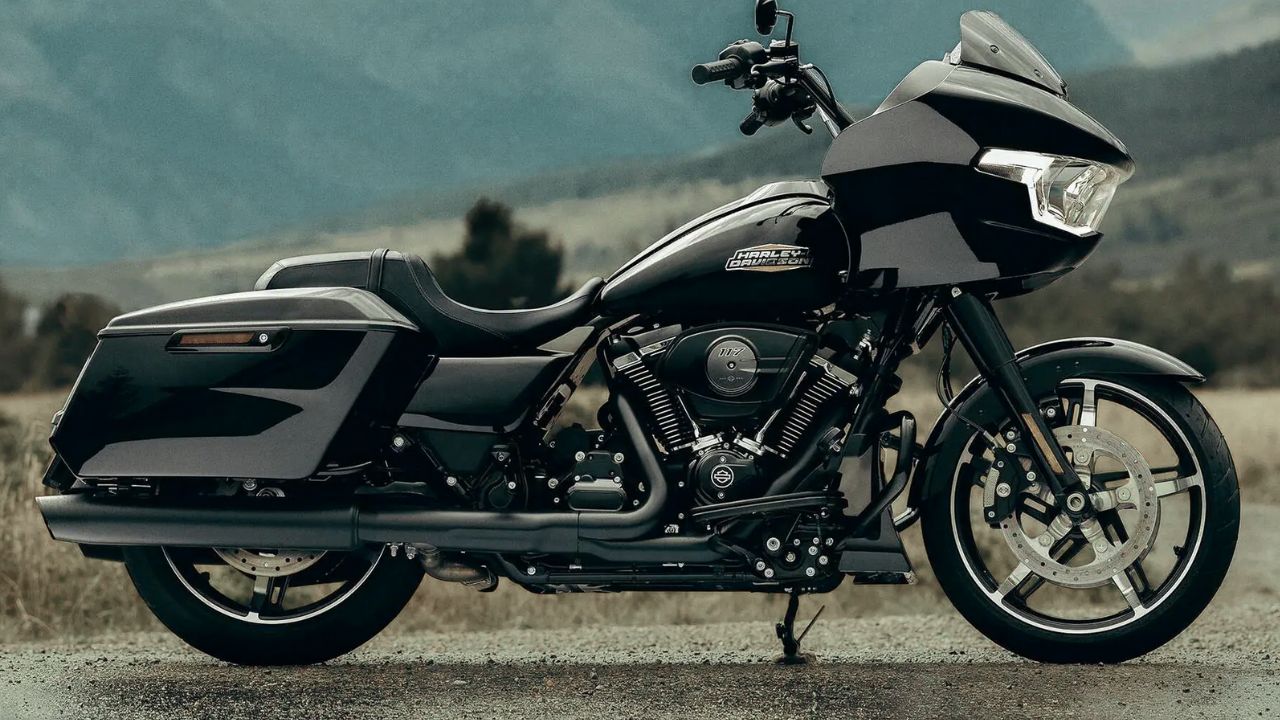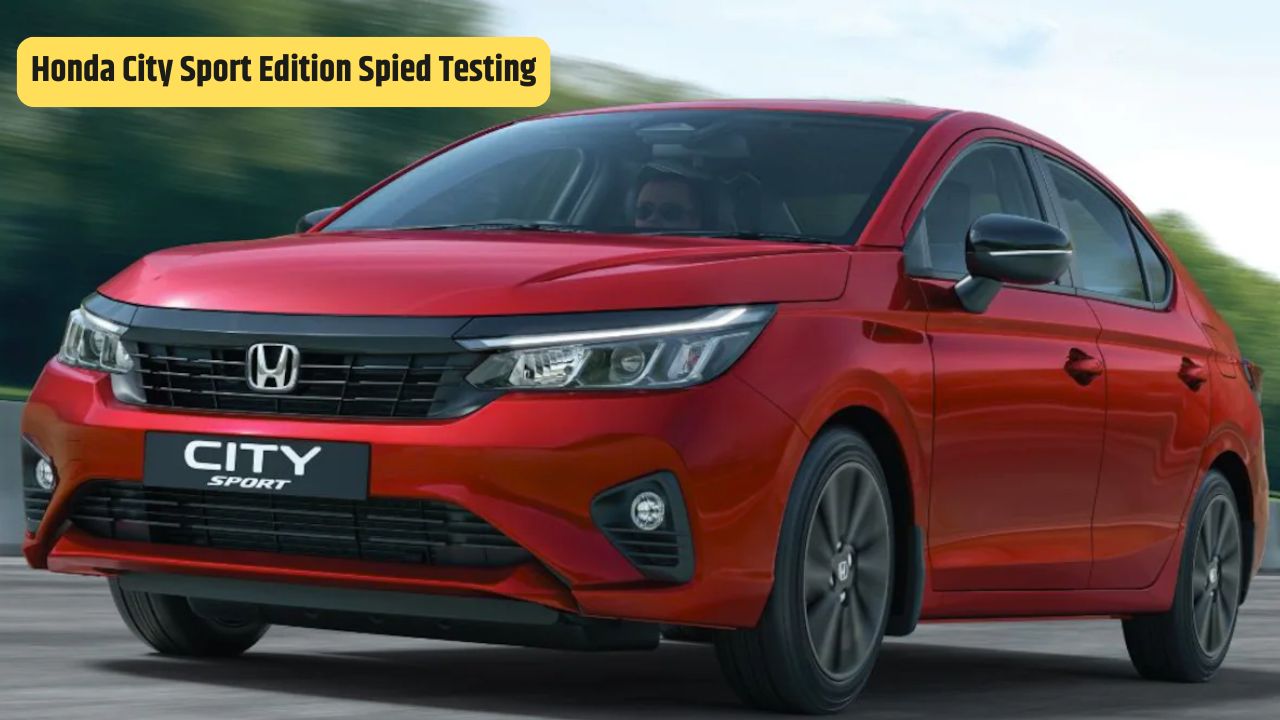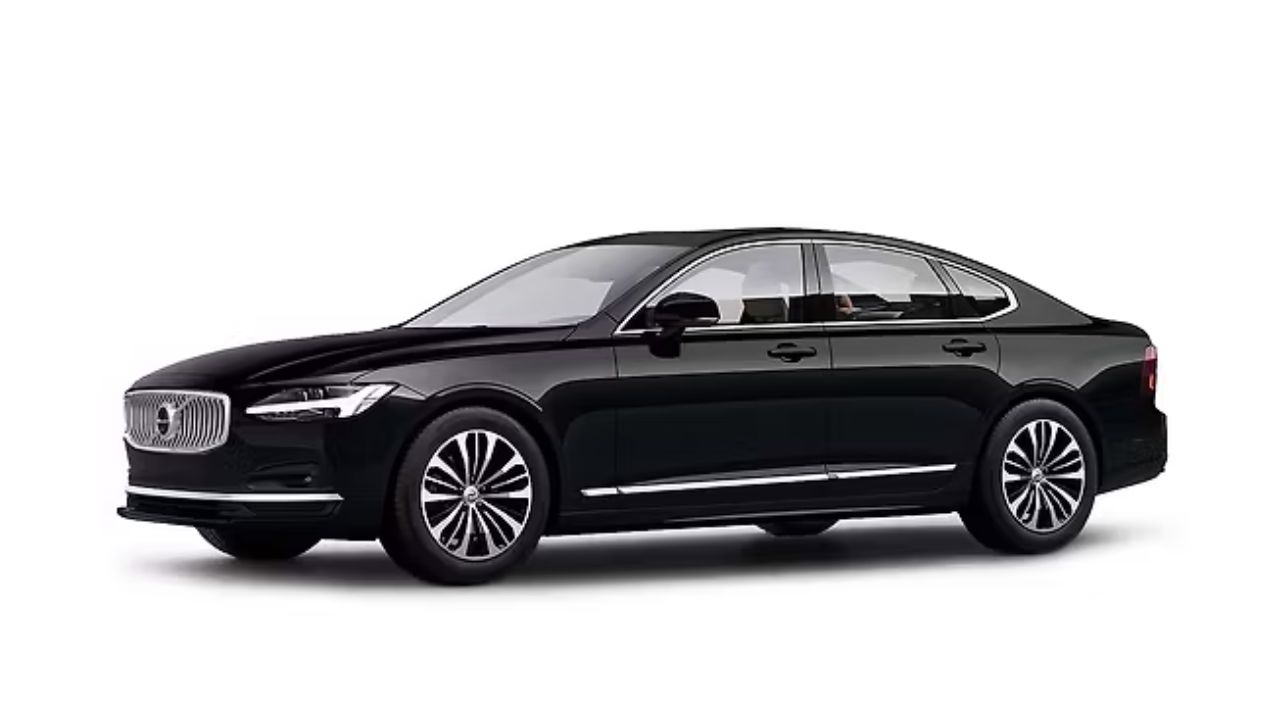Alright, two-wheeler riders — listen up. Big changes are coming, and this one’s all about safety. The Indian government is reportedly moving toward making Anti-lock Braking Systems (ABS) mandatory for all two-wheelers, regardless of engine size or price bracket. Yep, that includes your trusty commuter bikes, entry-level scooters, and even the budget-friendly mopeds your uncle still rides to the market every morning.
Now, if you’re wondering, “Didn’t ABS already become mandatory in India a while ago?” — you’re not wrong. It’s just that the rule so far has had a few loopholes. But now, the Ministry of Road Transport and Highways (MoRTH) seems ready to close those gaps once and for all.
Let’s break down what’s happening, why it matters, and how it affects anyone who rides on two wheels in India.
Wait, What Exactly Is ABS?
Before we go full throttle into the update, let’s quickly understand what ABS is — no jargon, just plain talk.
ABS stands for Anti-lock Braking System.
It’s a safety system designed to prevent your wheels from locking up when you brake hard — especially on slippery surfaces or in panic situations.
Why is that a big deal?
Well, when your wheels lock up, you lose control. Your bike might skid, slide, or worse — toss you off like a rodeo bull. ABS helps you maintain steering control and stability, even when you slam the brakes.
Think of it like a smarter braking system that says, “Whoa there, let’s not just jam everything at once.”
What’s the Current Rule in India?
Right now, Indian two-wheelers are divided into two categories when it comes to brake safety:
- Above 125cc: Must be equipped with single-channel or dual-channel ABS (depending on the configuration).
- 125cc or below: These bikes and scooters are only required to have CBS (Combined Braking System) — a more basic safety feature that links front and rear brakes but doesn’t prevent wheel lock.
That means millions of smaller-capacity bikes — the kind most Indians ride daily — are still being sold without ABS.
What’s Changing Now?
The Ministry of Road Transport is reportedly proposing a new rule that will require ABS for all two-wheelers, regardless of engine size. No engine-displacement-based exemptions. No price-based exceptions.
That means:
- Your 100cc commuter bike? ABS.
- Your budget 110cc scooter? ABS.
- Your delivery guy’s 125cc workhorse? ABS.
Every two-wheeler sold in India will soon need to meet this new braking safety requirement.
Why Now?
There’s one big reason — and it’s sadly grim: accidents.
India has one of the highest road fatality rates in the world. According to government data:
- Over 45,000 two-wheeler riders lose their lives in road crashes in India every year.
- A huge portion of these deaths are linked to braking errors, skidding, or loss of control during emergency stops.
By making ABS universal, the government hopes to drastically cut down on the number of fatalities and serious injuries involving two-wheelers — especially in rural or semi-urban areas where road surfaces can be unpredictable.
What’s the Timeline?
As of now, the rule is in the proposal stage. No fixed deadline has been announced, but if past automotive regulations are any clue, here’s what we might expect:
- Draft rules may be released within the next few months
- A grace period (typically 12–18 months) may be offered to manufacturers to comply
- Full enforcement likely by 2026 or sooner
So if you’re planning to buy a new bike or scooter soon, keep your ears open — your next ride might just come with better brakes by default.
How Will This Impact Buyers?
1. Prices Will Go Up Slightly
Let’s be real — ABS systems cost more than CBS setups. Manufacturers will pass that cost on to the customer. Expect a price increase of ₹3,000–₹7,000 on entry-level two-wheelers.
But in the grand scheme of things? That’s less than what you’d pay for a new helmet and could literally be a life-saving feature.
2. Better Safety for All Riders
Whether you’re riding solo or with a pillion, ABS can drastically improve your odds of walking away safely from a bad situation. Especially in rain, on gravel roads, or during sudden braking.
It’s like giving every rider a second chance to correct a mistake before it becomes a disaster.
3. Insurance Benefits (Maybe)
Some insurers already offer discounts or perks for vehicles with enhanced safety features. As ABS becomes standard, insurers may reward riders with lower premiums or faster claim processing. Not guaranteed, but a possibility.
What About Existing Bikes Without ABS?
This regulation, when passed, will apply to new two-wheelers sold after the implementation date.
If you already own a non-ABS bike or scooter, you don’t have to retrofit ABS. However, it’s always a good idea to stay alert and ride safe — because while ABS helps, the real safety feature is still your judgment on the road.
Will This Hurt Low-Cost Bike Manufacturers?
At first glance, yes — smaller companies that rely heavily on ultra-affordable 100–110cc commuter bikes may feel the pressure. But this is where innovation steps in.
Just like how seatbelts and airbags became standard in cars over time, we can expect mass-scale ABS production to eventually bring down costs.
The good news? India is a volume-driven market. Once ABS becomes mandatory, manufacturers will quickly scale up and adapt — likely developing cost-effective, localized ABS solutions.
FAQs:
Q1: What is ABS, and why is it important?
ABS (Anti-lock Braking System) prevents the wheels from locking up during sudden braking, especially on slippery or uneven roads. This helps the rider maintain steering control and reduces the chances of skidding or crashing. It’s a life-saving feature, especially in emergency situations.
Q2: Isn’t ABS already mandatory for bikes in India?
Yes — but only for two-wheelers with engine capacities above 125cc. Bikes and scooters under 125cc are only required to have CBS (Combined Braking System), which is less effective than ABS. The new rule proposes to make ABS mandatory for all two-wheelers, regardless of engine size.
Q3: What’s the difference between ABS and CBS?
ABS prevents wheel lock and maintains control during emergency braking.
CBS links front and rear brakes for balanced braking but doesn’t prevent wheel lock.
In short, ABS offers better safety, especially at higher speeds or on rough terrain.

